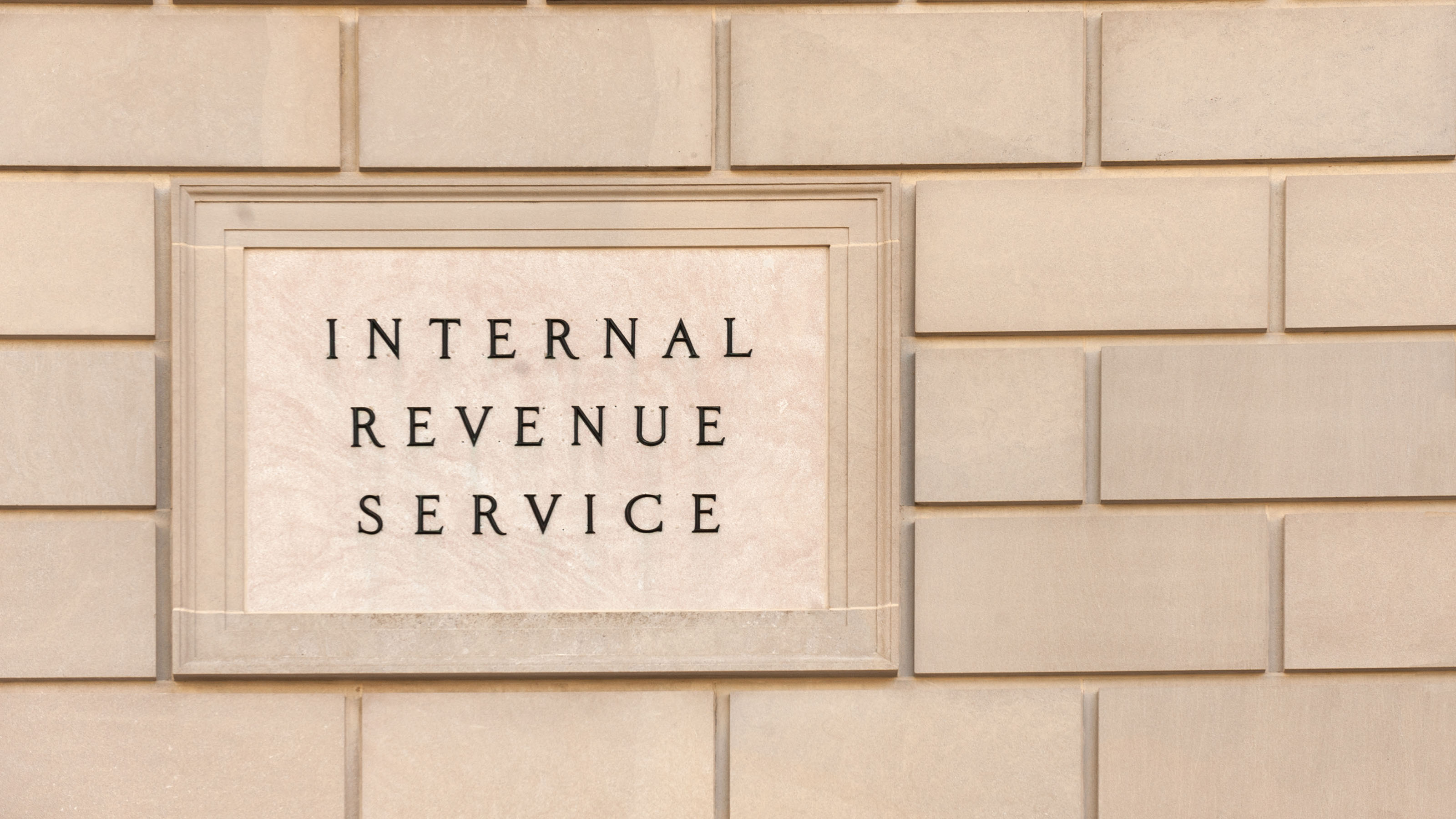Tax Forms You Need to File Your Return
You need the following forms to verify income, deductible expenses and charitable gifts when filing your income tax return.

Question: What tax forms should I be receiving before tax-filing season, and when should I expect to get them?
Answer: Your employer should be sending your Form W-2 to you by the end of January. In the next few weeks you should also be on the lookout for other forms that provide key information for filing your taxes.
Most of these forms report payouts and must be sent to you by January 31, although a few have a February 15 deadline, such as Form 1099-DIV and Form 1099-B, says Steven Hamilton, an enrolled agent with offices in Chicago and Spring Hill, Fla., who is authorized to represent taxpayers before the IRS. Once you receive these forms, gather other documents that show whether any portion of the payouts should be tax-free and keep them in your tax records. Here are some of the key forms:
From just $107.88 $24.99 for Kiplinger Personal Finance
Become a smarter, better informed investor. Subscribe from just $107.88 $24.99, plus get up to 4 Special Issues

Sign up for Kiplinger’s Free Newsletters
Profit and prosper with the best of expert advice on investing, taxes, retirement, personal finance and more - straight to your e-mail.
Profit and prosper with the best of expert advice - straight to your e-mail.
Form 1099-MISC. This form reports “nonemployee compensation,” such as freelance income, income from work as an independent contractor or rental income. You should receive a 1099-MISC from everyone who paid you $600 or more in 2018.
1099 forms from bank and investment accounts. You should receive a 1099-INT reporting interest earned from a bank account, a 1099-DIV from your brokerage firm with the amount of dividends paid to you, and, if you sold stocks or mutual funds in 2018, a 1099-B for investment sales reporting capital gains.
Form 1099-R. This form reports distributions from retirement accounts, such as 401(k)s and IRAs, as well as Roth IRA conversions and direct rollovers from a 401(k) to an IRA. Not all of this money is taxable. For example, a qualified rollover from one IRA to another, or from a 401(k) to an IRA, will be tax-free. If that’s the case, you’ll report the gross distribution amount from the 1099-R on your Form 1040 when you file your income tax return, but you’ll write “$0” for the taxable amount.
Also, if you’re 70½ or older and transferred money from your IRA directly to charity (up to $100,000 per year), then this “qualified charitable distribution” is not taxable. Subtract the QCD from the taxable distributions when filling out the line for the taxable amount on your 1040, and keep records from the charity acknowledging your contribution. Seen Reporting an RMD to Charity on Your Tax Return for more information about the procedure.
Form 1099-SA. This form shows how much money was withdrawn from a health savings account during the tax year, but it doesn’t specify whether the distributions were tax-free withdrawals for eligible expenses. You have to submit Form 8889 and designate whether the money was used for eligible medical expenses, says Hamilton, the enrolled agent. Keep records of your health care expenses so you’ll have evidence that those withdrawals are tax-free.
Form 1099-Q. Total distributions from 529 accounts or Coverdell education savings accounts are reported on this form. Gather documentation of qualified expenses in your tax files so you can prove which portion of the money should be tax-free. If you made some withdrawals that were not for eligible education expenses, see IRS Publication 970 for more information about calculating the portion that is taxable.
Form 1098. This reports how much mortgage interest you paid during the year. If you’re taking the standard deduction in 2018 rather than itemizing (now that the standard deduction has nearly doubled from last year), you may not be deducting mortgage interest, but Hamilton recommends keeping the form anyway. You may, for example, need the form if you decide to amend your return. See the IRS’s Tax Reform Basics for Individuals and Families for more information about how the new tax law changed the rules and limits for deducting mortgage interest for 2018.
For more information about these and other tax forms you may be receiving soon, see Tax Forms That Can Accidentally Increase Your Tax Bill.
Profit and prosper with the best of Kiplinger's advice on investing, taxes, retirement, personal finance and much more. Delivered daily. Enter your email in the box and click Sign Me Up.

As the "Ask Kim" columnist for Kiplinger's Personal Finance, Lankford receives hundreds of personal finance questions from readers every month. She is the author of Rescue Your Financial Life (McGraw-Hill, 2003), The Insurance Maze: How You Can Save Money on Insurance -- and Still Get the Coverage You Need (Kaplan, 2006), Kiplinger's Ask Kim for Money Smart Solutions (Kaplan, 2007) and The Kiplinger/BBB Personal Finance Guide for Military Families. She is frequently featured as a financial expert on television and radio, including NBC's Today Show, CNN, CNBC and National Public Radio.
-
 CD Maturing Soon? Here's What to Do Next
CD Maturing Soon? Here's What to Do NextThese strategies of what to do when you have a CD maturing soon will have you maximizing returns even with rate cuts.
-
 How to Make 2026 Your Best Year Yet for Retirement Savings
How to Make 2026 Your Best Year Yet for Retirement SavingsMake 2026 the year you stop coasting and start supercharging your retirement savings.
-
 You Saved for Retirement: 4 Pressing FAQs Now
You Saved for Retirement: 4 Pressing FAQs NowSaving for retirement is just one step. Now, you have to figure out how to spend and maintain funds. Here are four frequently asked questions at this stage.
-
 Holiday Tax Scams 2025: 'Tis the Season to be Wary
Holiday Tax Scams 2025: 'Tis the Season to be WaryTax Scams Navigating tax tricks of the holiday season may be daunting, but don't let that destroy your festive spirit
-
 Estate Tax Quiz: Can You Pass the Test on the 40% Federal Rate?
Estate Tax Quiz: Can You Pass the Test on the 40% Federal Rate?Quiz How well do you know the new 2026 IRS rules for wealth transfer and the specific tax brackets that affect your heirs? Let's find out!
-
 Law Reversal Looming? Trump Eyes 2026 Gambling Winnings Tax Change
Law Reversal Looming? Trump Eyes 2026 Gambling Winnings Tax ChangeTax Deductions It's no secret that the IRS is coming after your gambling winnings in 2026. But how long will that last?
-
 The 'Scrooge' Strategy: How to Turn Your Old Junk Into a Tax Deduction
The 'Scrooge' Strategy: How to Turn Your Old Junk Into a Tax DeductionTax Deductions We break down the IRS rules for non-cash charitable contributions. Plus, here's a handy checklist before you donate to charity this year.
-
 IRS Says You Made a Tax Return Mistake? A New Law Could Help You Fight Back
IRS Says You Made a Tax Return Mistake? A New Law Could Help You Fight BackTax Law Updated taxpayer protections change what the IRS must explain on error notices and how long you have to respond.
-
 Tax Refund Alert: House GOP Predicts 'Average' $1,000 Payouts in 2026
Tax Refund Alert: House GOP Predicts 'Average' $1,000 Payouts in 2026Tax Refunds Here's how the IRS tax refund outlook for 2026 is changing and what steps you can take now to prepare.
-
 New 2026 Tax Change Could Mean More for Your IRA and 401(k) Savings
New 2026 Tax Change Could Mean More for Your IRA and 401(k) SavingsRetirement Savings Here's how the new IRS inflation adjustments will increase the contribution limits for your 401(k) and IRA in the new year.
-
 3 Ways High-Income Earners Can Maximize Their Charitable Donations in 2025
3 Ways High-Income Earners Can Maximize Their Charitable Donations in 2025Tax Deductions New charitable giving tax rules will soon lower your deduction for donations to charity — here’s what you should do now.